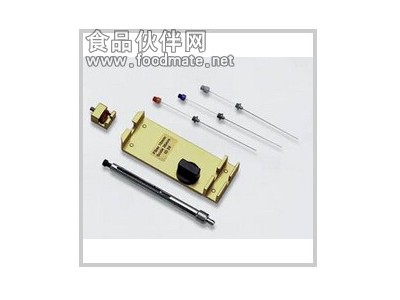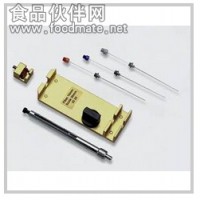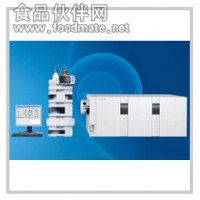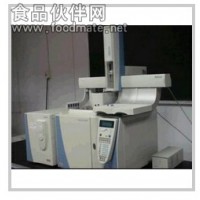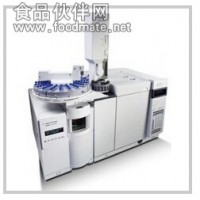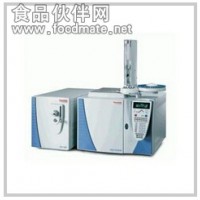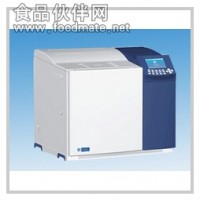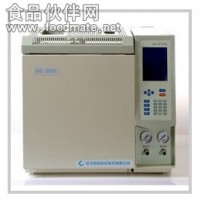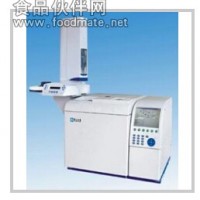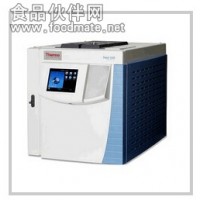Solid phase microextraction, or SPME, is a sample preparation technique used both in the laboratory and on-site. Developed in the early 1990s at the University of Waterloo by Dr. Pawliszyn's group, it is a simple and inexpensive technique wher the use of solvents is not necessary.
SPME can be thought of as a very short gas chromatography column turned inside out. SPME involves the use of a fiber coated with an extracting phase, that can be a liquid (polymer) or a solid (sorbent), which extracts different kinds of analytes (including both volatile and non-volatile) from different kinds of media, that can be in liquid or gas phase. The quantity of analyte extracted by the fiber is proportional to its concentration in the sample so long as equilibrium is reached or, in case of short time pre-equilibrium, with help of convection or agitation. After extraction, the SPME fiber is transferred to the injection port of separating instruments, such as a Gas Chromatograph, wher desorption of the analyte takes place and analysis is carried out.
The attraction of SPME is that the extraction is fast and simple and can be done without solvents, and detection limits can reach parts per trillion (ppt) levels for certain compounds. SPME also has great potential for field applications; on-site sampling can be done even by nonscientists without the need to have a GC-MS at each location. When properly stored, samples can be analyzed days later in the laboratory without significant loss of volatiles.
Solid phase microextraction is a fast, solvent less alternative to conventional sample extraction techniques. In SPME, analytes establish equilibria among the sample matrix, the headspace above the sample, and a polymer-coated fused fiber, then are desorbed from the fiber to a chromatography column. Because analytes are concentrated on the fiber, and are rapidly delivered to the column, minimum detection limits are improved and resolution is maintained. SPME is compatible with analyte separation/detection by gas chromatography or HPLC, and provides linear results for wide concentrations of analytes.
SPME is an equilibrium process based upon Fick’s 1st law of diffusion
SPME is a technique wher the sample is incubated or agitated to equilibrate the headspace. A SPME fiber is then introduced to the headspace for a predetermined period of time. The SPME fiber is then transferred to a hot GC injection port. Analytes that were adsorbed to the fiber from the sample headspace are desorbed directly in the GC inlet. SPME fibers are a distributed by Supleco and are available in a wide variety of polarities. By matching fiber polarity with target analyte characteristics, the analysis can be optimized for improved sensitivity and performance.
SPME extraction for heated and agitated samples
For use with standard SUPELCO SPME fibers
Septumless Injector and SPME liners recommended
SPE exhaustively extracts all of the analytes, but they are diluted during elution 1mL of sample containing 1µg/mL of analyte passed through tube, eluted with 1mL of solvent = 1µg/mL X 1µl injection = 1ng (Concentrating to 100µl or injecting 10µl = 10ng on column
SPME partially extracts analytes but desorbs the entire amount 1mL sample containing 1µg/mL of analyte extracted with fiber. 1% goes on fiber. 0.01 x 1µg = 10ng desorbed on column 
LEAP now has the ability increase SPME throughput with Chronos Scheduling software
This is performed with a Dual Rail SPME extraction and injection to a GC. Synchronization with the GC can be integrated with Chronos or with contact closure. To achieve optimal throughput, the second arm will be prepping with SPME on separate tray while the previous GC run is in progress. This allows "Prep Ahead" functionality never before capable.
责权声明:
①本版块的所有文章及图片均为客户自行编辑,其版权为客户所有,客户需保证其编辑的文章及图片均无侵犯任何第三方的合法权益,如被第三方维权,由客户承担全部责任;
② 本网站仅为展示平台,如要转载,请与我网站联系协助获得授权;
③发布内容如有侵权,请及时联系我网站进行删除。
※ 联系电话:400-854-6788




